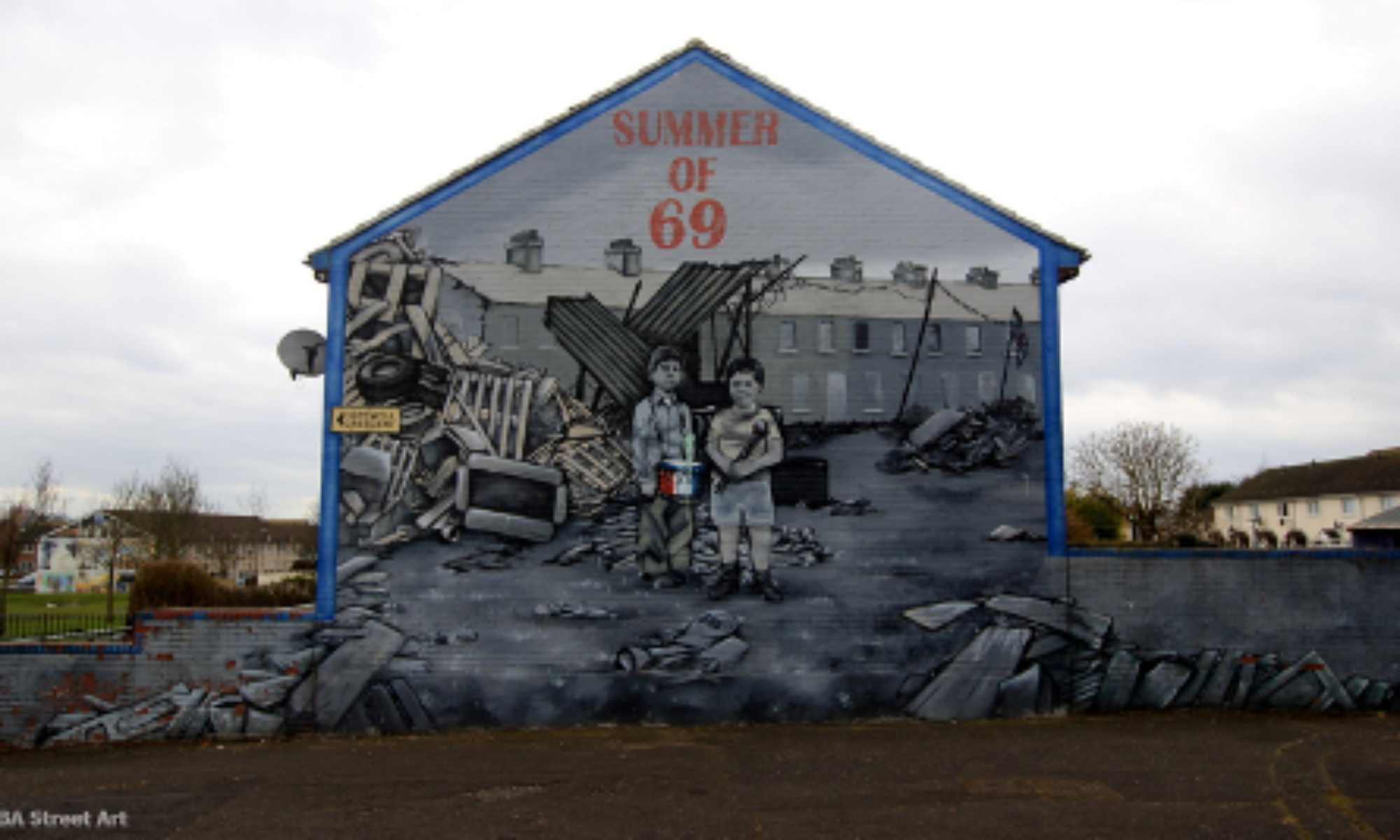Over our last few discussions, I have learned a great amount about specific characters and figures that stood for something greater than themselves. I learned about their sacrifices and the hardships they faced to keep their protests peaceful. The quote “You have to be twice as good to get half as much” has stuck with me recently as a lens to look through in order to understand the hardships so many people dealt with and still face today. However despite the great figures we have learned about and the informative presentations we have watched, the idea that has occupied the most space in my mind came about the other day in class. Dr. Kinyon emphasized the inadequate discussion of the Civil Rights movement in the American education system. Though a targeted portrayal of history had been something I did not consider unlikely in American education, until recently I had never given the idea proper thought.
While there are many things to be proud of in American history, slavery, segregation, and the need for a grand movement for black equality clearly do not fall into this group. America grew and became what is today in large part thanks to the help of great amounts of slave labor. The heroes of the civil rights movement were not treated or thought of as heroes by many white Americans just around sixty years ago. American wars and scuffles are discussed for weeks in classrooms while the fight of a whole race for equality is often glossed over. The civil rights movement made incredible strides towards their goal for equality, but it is evident today that this goal is yet to be reached in it’s entirety. While crucial change and reform is being called for in policing and the workplace, it is important to seek the same progress in the history we teach to the next generation(s).

I don’t know if this was your experience or not, but I often found the Civil Rights movement got almost no time in my middle and high school U.S. history classes because of how “late” it was. Often those classes made it to WWII and then the school year started to come to a close and the professors rushed to gloss over the 60s-80s. I suppose this could be avoided by better planning, but I wonder if this is something that actually affects a lot of U.S. history classes.
The Civil Rights movement is very complicated and teaching the work of people like Malcolm X is very important as you said. However, would you agree this is probably more appropriate in a high school setting? I feel like it takes a higher degree of maturity to understand the situation plaguing Blacks in the 1960s and that is essential context for teaching the more violent pieces of the movements.
I agree with this point of more needing to be said about the Civil Rights movement in schools today, and I wish we had learned more about it in my school. Like some of the people in class, I got more of the idealized version of what the movement was and stood for, and learned that Dr.King was very peaceful and that’s all he stood for. I did not realize that he got darker and may have even turned more towards violence had he not been killed, and I think this would be an important switch to teach in schools. While we need to know that we should stand for what we believe in and think is right without hurting others, it is important to know that this may not always work, and more drastic measures may need to be taken to get our point across.